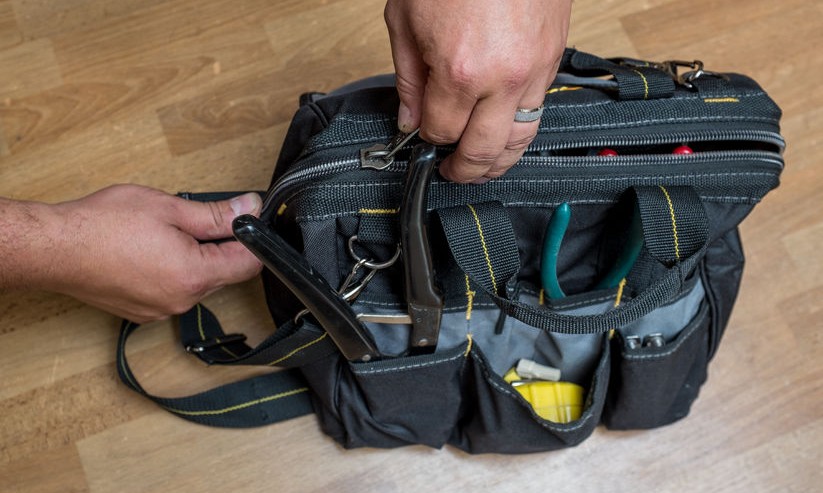What Goes Into Installing a New Central HVAC System?
Installation is one of the most important aspects of having a trouble-free HVAC system. Proper HVAC system installation can prevent problems leading to equipment malfunction or shortened life spans. For example, improper wiring can cause the system to frequently overload the circuit and trip the breaker. Ensuring that you get the right size system and a proper install will account for as much as 75 percent of the operating efficiency and performance you get out of your system.
Finding a qualified, knowledgeable HVAC contractor will prevent common problems and make everyone in your household a lot happier as a result. Here is the typical process that an expert HVAC technician will go through when retrofitting or replacing an HVAC system in an existing home:
Ductwork Installation
Laying ductwork may not be the first thing your HVAC contractor does, but it is one of the most important. For homes without ducting or that have inadequate ducting, new duct lines will have to be installed. Determining where these ducts will lead and how the air will circulate is crucial to deciding the location and type of system installed.
Holes will be cut in walls, floors or perhaps even ceilings to make way for registers and routed ductwork. A return register will be installed, preferably close to where the air handler and furnace unit will be. Your home will have to be measured extensively to ensure the proper sizing and length of ductwork, which will help determine the capacity of your units.
Delivering the Equipment
Depending on the type of system you need, you will have the central fan unit, the air handler and the furnace delivered to your home. If the central unit is located outside, it will need to be placed upon a poured concrete slab or similar structure to prevent flooding or debris from damaging the unit.
Connecting the Components
The indoor air handler and the outdoor central unit must be connected through copper refrigerant lines. After determining where the air handler and outdoor unit will be located, wiring and copper tubing must be run between the two units, and a drain system must be attached to the central unit to remove moisture from the system.
The ductwork will be attached to the registers and the main air return, which is connected to the air handler. A powerful fan will also be connected to the air handler to circulate the heat or cool air throughout the house. All of these elements must be wired into the home’s electrical system using a special high-capacity line.
Finally, a thermostat of your choosing will be placed in a convenient central location in the house and connected to activate the air handler and central unit at the same time. Once the refrigerant line is charged, the system should be operational.
Quality HVAC contractors will use shoe covers, drop cloths and the best practices to make the installation process as minimally invasive as possible to both the home’s occupants and its structure. They will also perform procedures like leak testing the refrigerant lines and evacuating all moisture to prevent acid corrosion or premature condenser failure.
With a qualified, expert HVAC contractor, your new system will be one of the best investments you have ever made for your home. You can take a look at our recent blog post to find out why central air has more benefits than alternatives, or you can get started finding your new system today by getting a quote from several HVAC contractors in your area.





Comments
Comments are disabled for this post